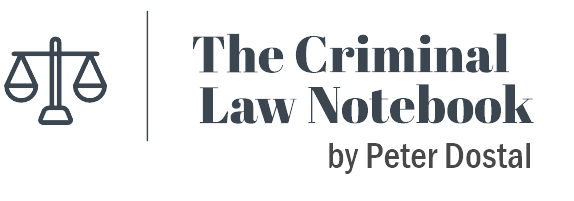Note-taking Tips
Appearance
Notes
- What are notes?
- notes are any record made by the officer recording their relevant observations and conduct in the course of their investigation;
- notes are not limited to to handwritten notes in notebooks, it can include all emails where there is investigative content in the officer's emails and typed reports;
- Responsibility to Make Notes
- A professional in the criminal justice system, especially peace officers, have a duty to observe and record their observations relevant to their professional duties. It is not just for their benefit as a memory refresh tool.
- Notes should at minimum be a recitation of the chronological narrative that includes all potentially relevant observations and actions.
- Prioritizing what to record
- relevant evidence identifying the existence of a crime, identifying a culprit, and excluding innocent persons.
- Police compliance with rules--think about what is most likely to be litigated.
- State actions that are regulated by Charter case law or statute.
Tip: What you fail to record can be just as important as what you record. A failure to take note of a relevant observation that is reported in testimony can be given reduced weight or even excluded because of lack of notes documenting the event.
- Example observations
- identify eye-witnesses, including their demeanour and mannerisms
- evidence of identity of culprit (circumstances of observation, distinguishing features, history of familiarity, consulted reference docs)
- Examples re Charter
- Grounds of detention or arrest
- right to counsel, including informational and implementation components;
- voluntariness in the interview
- search incident to arrest
Notes on Charter Issues
- Arrest
- Details of grounds, including observations prior to arrest and information learned from other sources
- Date, time and location of arrest
- Identity of the person doing the arrest, what other members were present, and who else would have witnessed the arrest.
- The words of arrest, including the charge(s) and the full charter and caution script.
- Transportation of the detainee. Who transported? What route was taken?
- Residential Search
- Date, time and address of search
- Members who were participating in the search.
- layout of residence. The locations covered by observer.
- evidence relating ot identity of occupants, including number of people and location of bedrooms..
